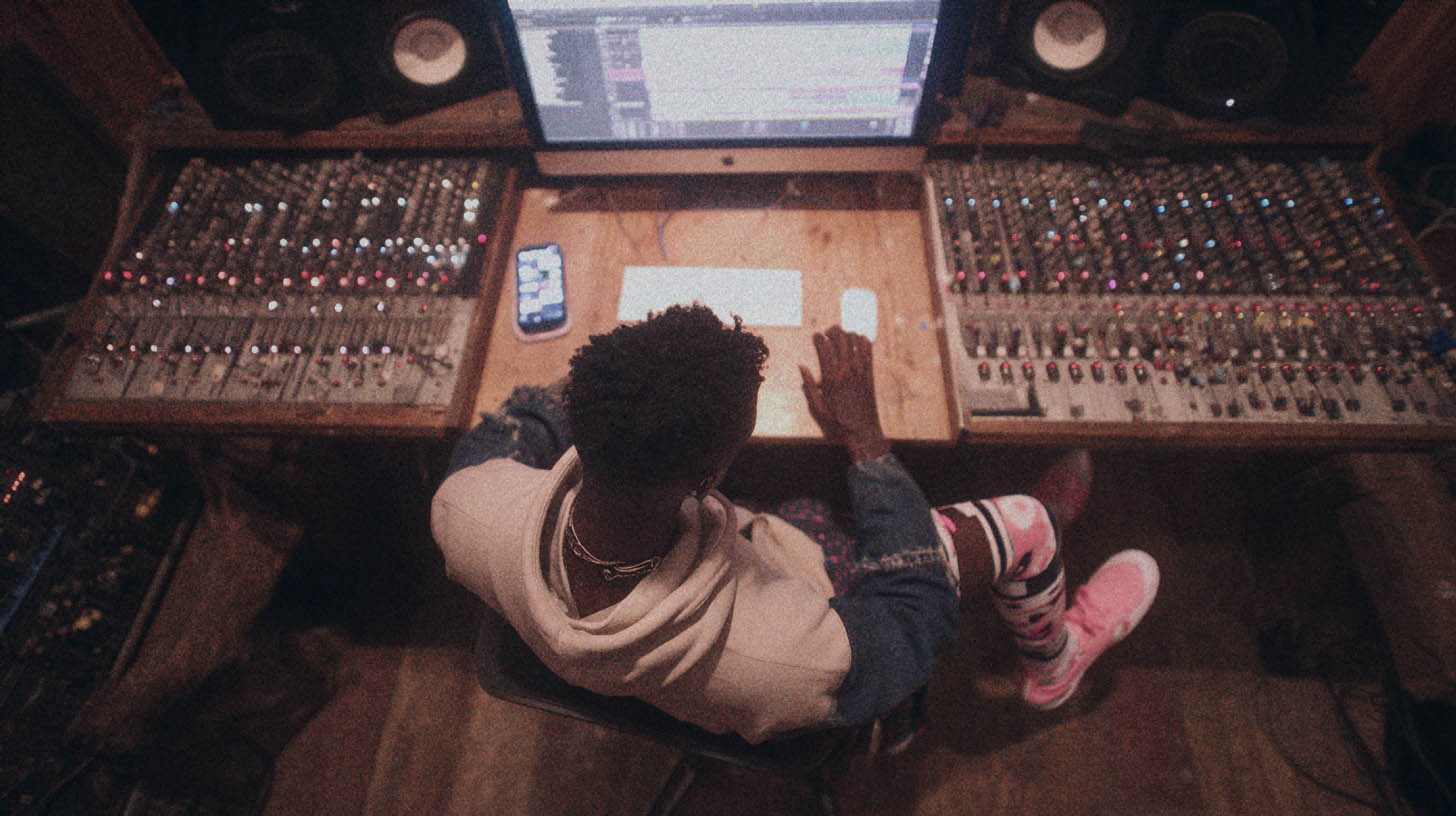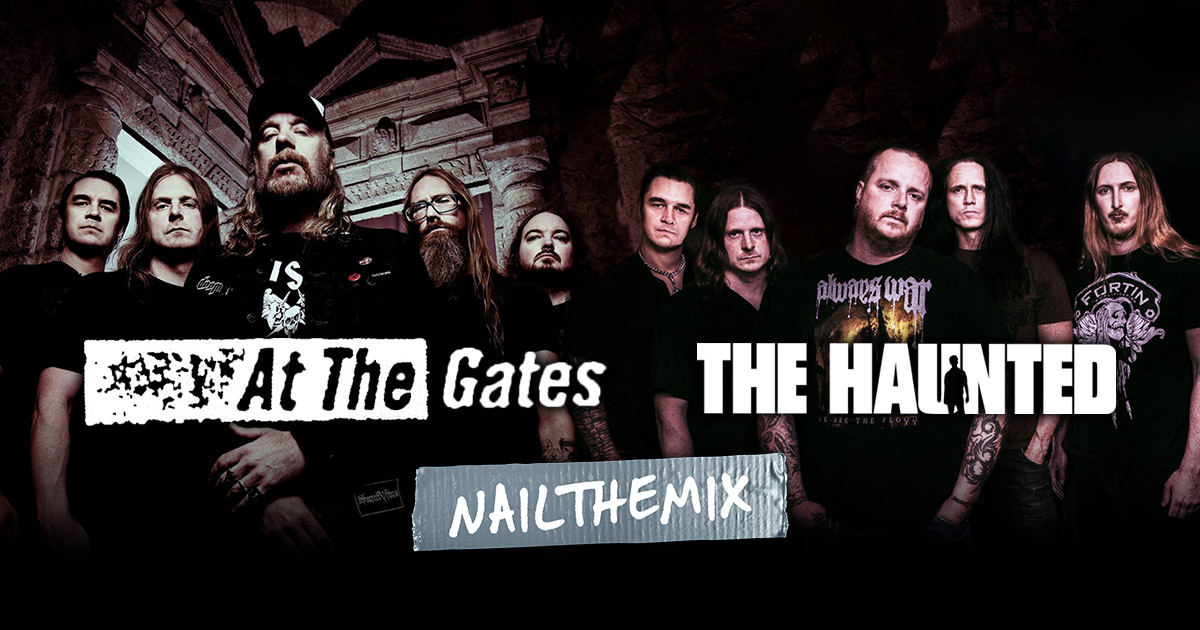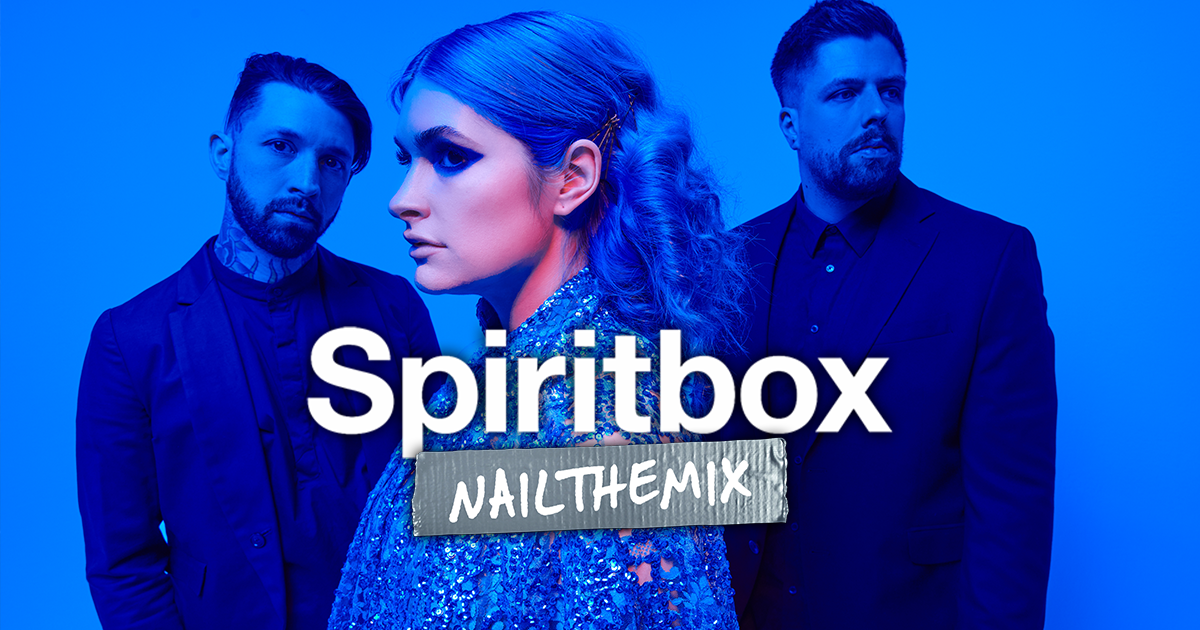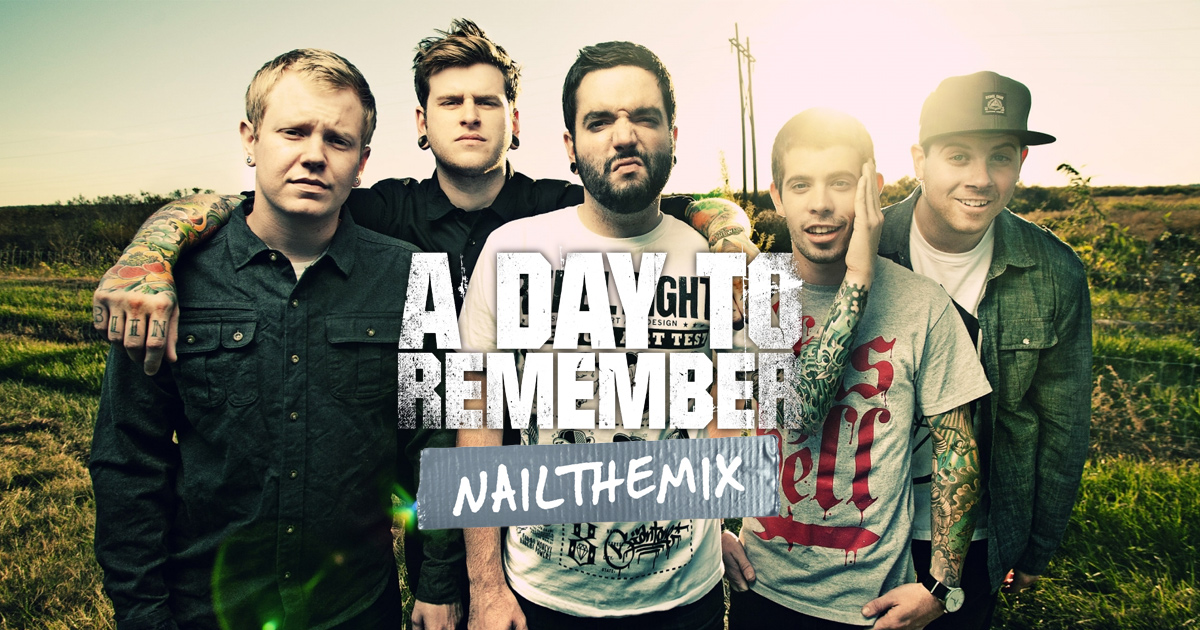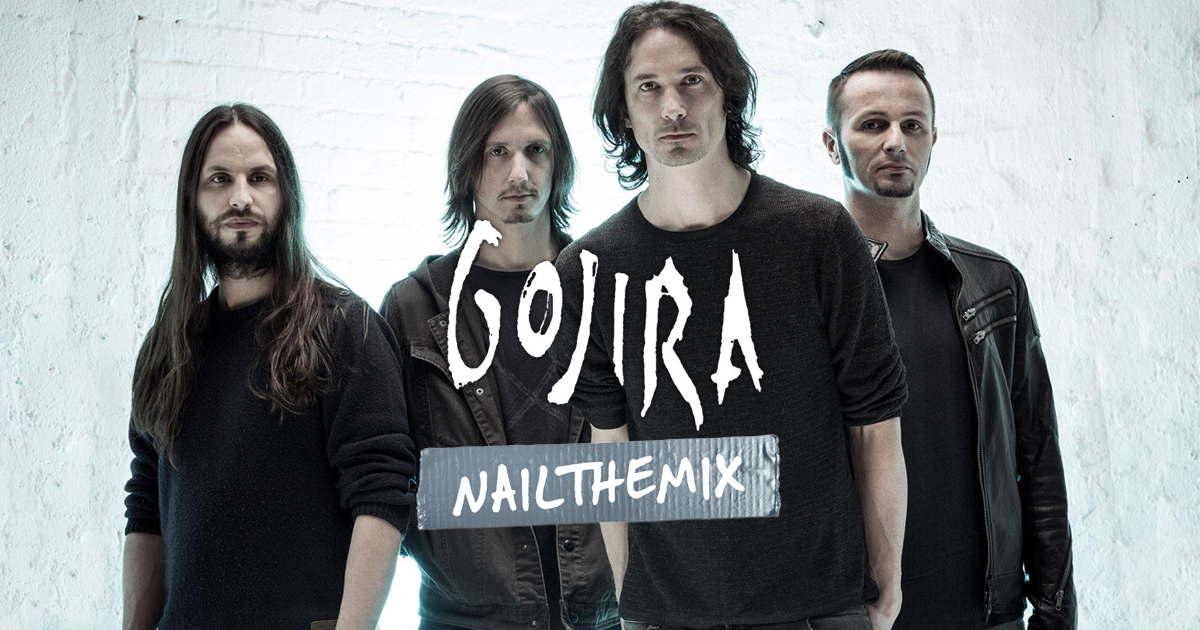
Why ‘Less EQ’ Is the Secret Sauce for Gojira’s Crushing Guitars (w/ Logan Mader)
Nail The Mix Staff
So, you ever find yourself hours deep in an EQ plugin, tweaking knobs like a mad scientist, only to A/B it and realize your killer guitar tone now sounds… kinda worse? Yeah, we’ve all been there. It’s super frustrating. There’s this idea floating around that to get those huge, face-melting metal guitars, you gotta perform some kind of insane EQ surgery. But what if the real trick to a massive sound is actually to chill out and do less?
Take those absolutely crushing guitars on Gojira’s “Toxic Garbage Island.” When a killer producer/mixer like Logan Mader (you know, from Machine Head, Fear Factory, Once Human) got his hands on those tracks, his game plan was surprisingly simple. First thing he said? “It doesn’t need a lot with these guitars. Oh, they sound great already.” Now, that wasn’t just him being modest; that was a pro knowing his stuff. Turns out, getting those powerful guitar sounds often just comes down to having awesome raw tracks to begin with and then knowing when to keep your hands off the controls.
The “Must-EQ-Everything” Trap: Why We Noodle So Much
It’s almost like a nervous habit, right? Load up a guitar track, first instinct is to grab an EQ. Why do we all do that? Well, if you’re usually dealing with recordings that are a bit rough around the edges, “you’re probably used to having to do a lot of work to try to get your tracks good.” So, you get into this groove of thinking every track needs a ton of processing.
But hold up – before you even click to open that EQ, ask yourself: “What am I actually trying to fix here?” If you don’t have a solid answer, you might be about to make things worse, not better. Slapping on EQ just for the sake of it can totally lead to:
- Mud City: Too much low-end boost, and your mix turns into a swamp.
- Ice Pick Central: Crank the highs too much, and your guitars will stab listeners in the ears.
- Tone Suck: Go too crazy with cuts, and you can strip all the life and vibe out of your guitars.
- Phase Weirdness: Every EQ move can mess with the phase, which can make your guitars sound thin or just…off.
The aim isn’t always to “fix it in the mix.” Sometimes it’s about taking a metal mix that’s already good and giving it that extra 5%, or just smartly dealing with actual sonic problems.
Great Raw Tracks: Why Logan Could Kick Back on the EQ
So, how come Logan Mader could basically just chill on the EQ with those Gojira guitars? Easy answer: the raw tracks were already fantastic. His philosophy is super direct: “Source tones. If they’re good, you don’t have to f*** with them.”
This is HUGE. Your first job as a mixer, before you touch anything, is to just listen. Does that guitar already have the punch and clarity it needs for the song? Does it sound cool with the bass? (Logan even mentioned sometimes he’ll solo the guitars just to really hear what they’re doing on their own, without the bass clouding things [4]). If the track is already 90% there, you’re not a fixer anymore – you’re just adding a little polish, or maybe just leaving it alone. Like Eyal Levi said, Logan “knew what not to do because he already knew what was there.”
Knowing When to Hold ‘Em: The Art of Doing Nothing (Smartly!)
This is where the seasoned pros really shine. It takes some serious confidence (and, yeah, good ears) to listen to a track and say, “You know what? This is good. No EQ needed.” So, before you start EQing, ask yourself: “Is this guitar already doing what it needs to do in the song?” Eyal Levi nailed it when he said you need to develop “the sensitivity and your hearing and your tastes to know when something is already good.”
A great producer or mixer knows when to get the hell out of the way. That’s not about being lazy; it’s about making smart, deliberate choices. If a guitar tone is already sounding epic and sitting right, sometimes the best move you can make is just getting the fader level perfect and calling it a day.
Logan Mader’s Tiny Tweak: The Secret Sauce for Gojira’s “Beef”
So, what little magic did Logan Mader sprinkle on those already killer Gojira guitars? It was super subtle – a perfect example of making a good thing even a tiny bit better without messing it up.
He spilled the beans: “I just pushed a little low mid, like 436.” That’s pretty much it. No crazy EQ curves, no dramatic boosts and cuts all over the place. Just one tiny, smart nudge.
Why that specific spot? Logan explains, “lower mid. That’s really the beef of a guitar is in the lower mids.” He also warned about the common mistake of “pushing low end in the guitars… really it’s just going to make ’em sound muddier.” This little trick is kinda like how the legendary Colin Richardson loves that 450Hz spot, just shows how a tiny, well-placed boost can add some serious weight and balls to your guitars without turning the whole thing into a mud fest. It’s all about enhancing the cool stuff that’s already there, not trying to build a completely new sound with your EQ.
But What If Your Tracks Aren’t Exactly “Gojira-Level”?
Okay, let’s get real for a second – we don’t always get handed perfectly recorded, god-tier tracks like Gojira’s. So, what do you do when your DIs or amp sounds are a bit… well, lackluster?
Logan Mader has a go-to game plan for this: “Reamping is usually the first thing that I would like to do. If there’s a DI, I can save any mix because guitars in metal are usually the thing that ruin everything.” He also added, “You can’t do sound replace [on guitars effectively], but you can reamp it if you have a DI… I have a lot of good profiles at my Kemper that I can go to fix a bad amp tone.”
The big takeaway here, even if you’re re-amping, is to first focus on getting a killer amp tone. Once you have that, you hopefully won’t need to do much, if any, “EQ surgery” later. It all loops back to that main idea: nail the basic tone from the get-go, whether it’s your original recording or a re-amped track. Spend your time there, and you’ll save yourself a boatload of headaches and get way better sounds than if you try to EQ a crappy tone into submission.
Getting Your Ears & Mixing Chops Dialed In
So how do you get good at this whole “less is more” thing, and figure out when to make those tiny, smart EQ moves like Logan did with Gojira? Honestly, it mostly comes down to good old-fashioned practice, really listening to what you’re doing, and learning from people who’ve been deep in this game for years. Understanding why you’re making certain mixing moves is just as important as knowing how to make them.
Watching pros break down their techniques on actual songs can be a total game-changer. If you’re curious to see this kind of stuff up close and personal, check out Nail The Mix. They let you look over the shoulder of big-name producers while they mix tracks from awesome bands, and you get to hear them explain their thought process on stuff like EQ and getting killer source tones.
The Bottom Line: Mix Smarter, Not Harder for Killer Guitars
So, the secret to getting those massive, impactful metal guitars isn’t about throwing a million EQ plugins at them. As Logan Mader showed with his work on Gojira, it’s all about the power of great raw tracks and using your processing wisely and, often, minimally.
Next time you’re mixing guitars, just take a breath before you dive into EQ:
- Know Your Goal: What are you actually trying to achieve with EQ on this track?
- Respect the Raw Track: If it sounds good already, don’t mess with it just because you feel like you should.
- Be Surgical (If Needed): If you do need EQ, make your moves count. Small, smart changes are often way better than big, drastic ones.
- Nail the Foundation: If your source tones are weak, fix that first (re-amping is your friend!). Don’t try to polish a turd with EQ.
Gojira on Nail The Mix
Logan Mader mixes "Toxic Garbage Island" Get the SessionGet these things dialed in, and you’ll find your guitar mixes will sound clearer, punchier, and just plain bigger, letting all that raw energy from the performance really hit home.


